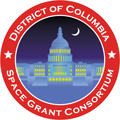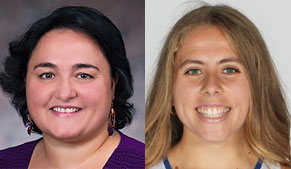2021-2022
Research Infrastructure Programs
American University Faculty Summer Research Program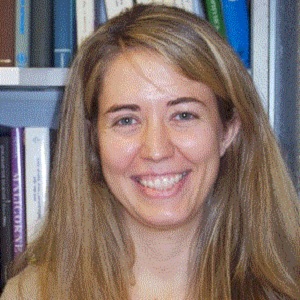
This program is open to faculty in all STEM departments at American University. Faculty submit proposals for summer research grants for faculty-student research teams. The intent is to provide research opportunities to increase and enhance STEM knowledge among faculty and students in research areas that support the mission and goals of NASA and the DC Space Grant Consortium.
American University Science Research Day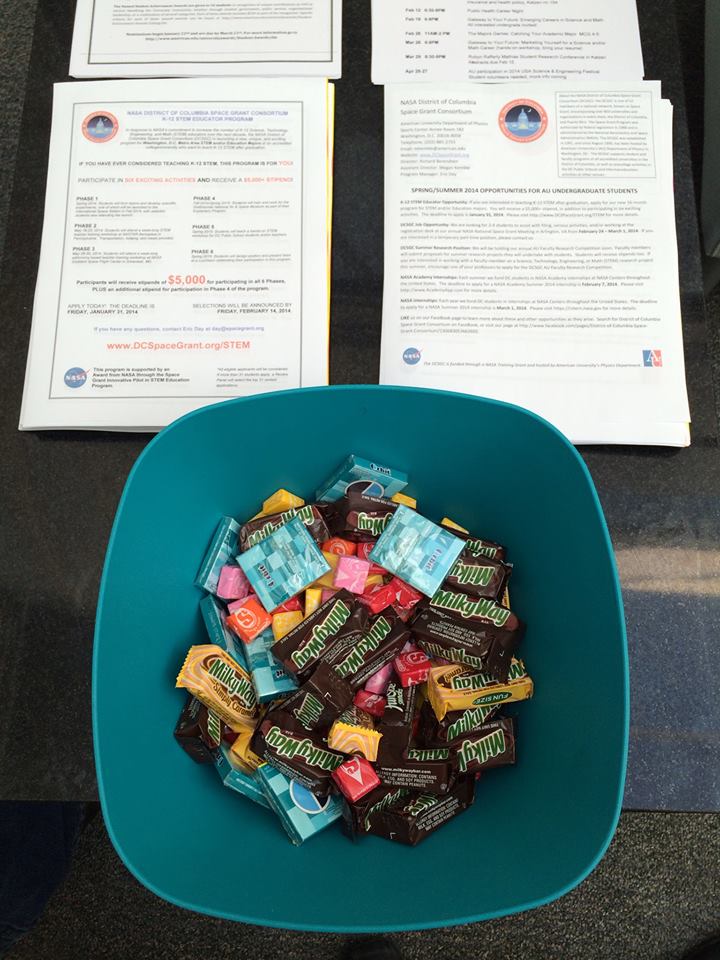
This outreach activity is hosted by American University. The intent of this on-going one-day program is to bring awareness to current students about the vast array of STEM research opportunities available to them at AU. Faculty members and administrators from each STEM department attend this event. The DCSGC attends to promote its scholarship, research, and internship opportunities and a vast array of other NASA opportunities. Our goals and objectives are to inform and inspire students about NASA and DCSGC opportunities.
Catholic University Engineering Research Program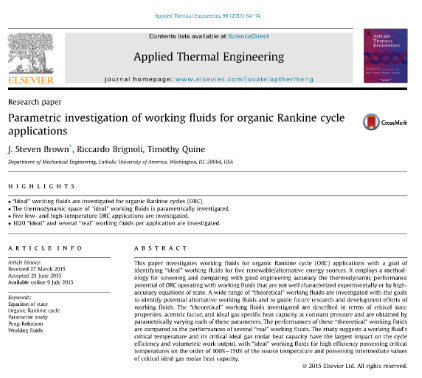
This program supports faculty-student research activities in the Department of Mechanical Engineering at The Catholic University of American (CUA). The intent of the program is to provide university research opportunities to increase and enhance STEM knowledge among faculty and students in research areas that support the mission and goals of NASA. In addition, the program is designed to provide faculty and students with an opportunity to understand and advance the research needs of NASA, while strengthening the talent pool of scientists and engineers.
Gallaudet University Faculty Research Program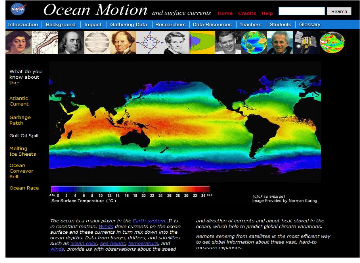
This program supports a Gallaudet University faculty member, Dr. H. David Snyder, in conducting research at NASA Goddard Space Flight Center, spending half a day per week working on developing software to map 1960s Corona Program images. The research involves accurately mapping a set of three Corona images from central Mexico onto a rectangular longitude/latitude grid in order to reduce the error in mapping to less than 25 meters. The final product will be a full resultion image that overlays the three images. Once this accuracy is achieved, a paper can be written publicizing the results. Another component of the research is that Dr. Snyder has continued maintaining the data resources for the www.oceanmotion.org website. He downloads and prepares data, codes software to produce images and browser interfaces, and uploads the data to a campus server. Arrangements have been completed to transfer files to a campus virtual server since the current server maintenance has expired. The goals and objectives of this program were to support one faculty member to research and develop software for use in undergraduate STEM courses, analyze NASA data, and support NASA-sponsored websites, as well as conduct hands-on research at NASA GSFC’s Laboratory for Terrestrial Physics with a NASA mentor and his team of scientists.
George Washington University Research Program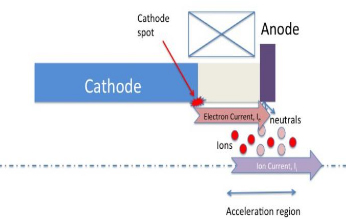
This program supports a faculty member on a research project involving the development of the micro thruster technology for small satellites. The intent of the program is to provide university research opportunities to increase and enhance STEM knowledge among faculty and students in research areas that support the mission and goals of NASA. In addition, the program is designed to provide faculty with an opportunity to understand and advance the research needs of NASA, while strengthening the talent pool of scientists and engineers.
The INSPIRE Journal Research Publication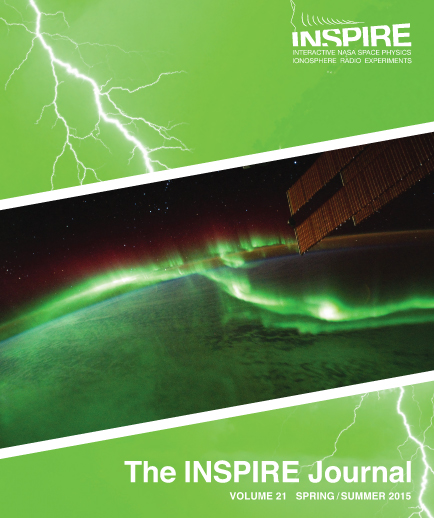
This program focuses on a VLF (very low frequency) research journal and website that features INSPIRE program information, scientific submissions, VLF observations, and research. Scientists of varying disciplines from around the world contribute to this publication, which is released once per year.

